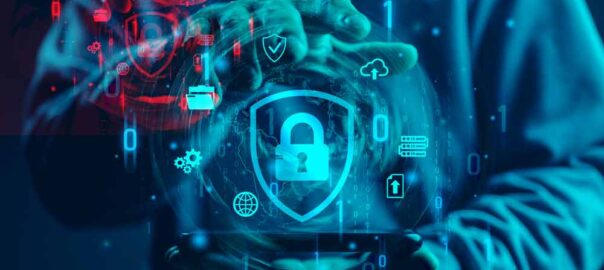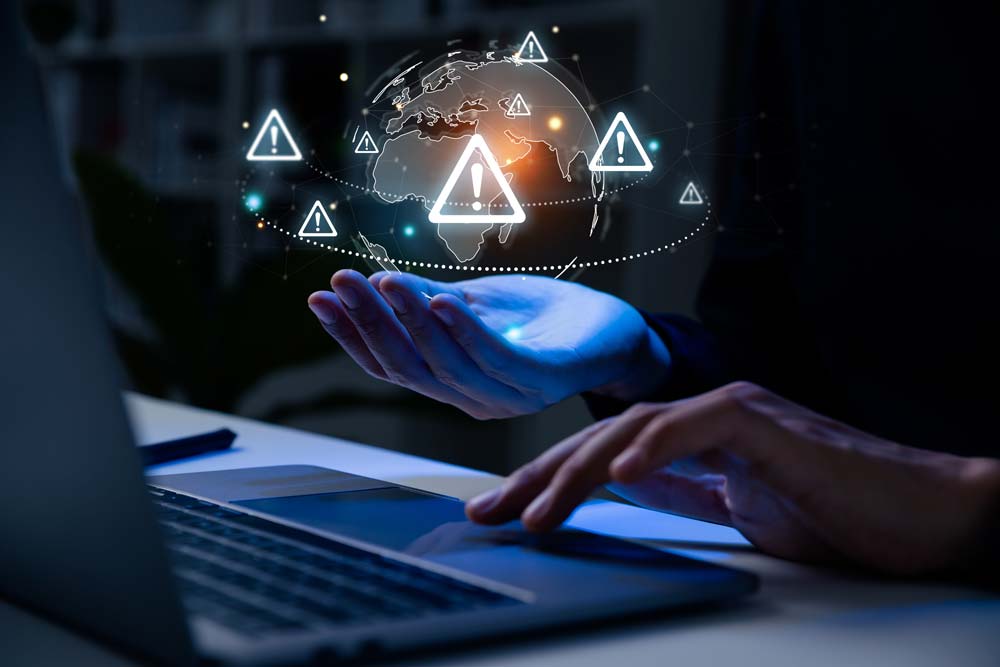IT security and IT compliance are two essential matters for any business or organization. Many people think they are the same, while others frequently confuse one for the other. They are not the same thing, but when implemented together, they can provide maximum digital safety and minimize the risk of data breaches and other online threats. In this article, we’ll explain which is which and why both require your attention.
What Is IT Security?
As the term implies, IT security refers to ensuring the security of a company’s or organization’s IT infrastructure. When creating a security strategy for your business, IT security experts usually have two goals to achieve. First, it should be able to thwart cyberattacks that will damage the system or put the company’s data in danger. Second, it should give attackers a way to do as little damage as possible if they get through the defenses.
When developing an IT security strategy, a few key points must be considered. Some of the most important ones are the confidentiality of sensitive data, the integrity of the system, and the accessibility of vital information and systems.
With these goals in mind, it is easy to see that IT security involves best practices to guarantee the safety and protection of an organization, regardless of the industry or size of the business.
What Is IT Compliance?
IT compliance is about meeting the needs of a third party so that the business operations or services are accepted. For example, governments have rules about technology that companies must follow if they want to do business legally in the government’s territory. Some industries also have specific IT guidelines that we must follow. IT compliance also includes meeting the contractual terms of a client or customer.
Most times, IT compliance overlaps with IT security. Many of the requirements have to do with protecting the system and data. However, the purpose of IT compliance is to meet specific requirements. If you can’t meet these requirements, you might not get a license or certification that you need, or a potential client might not choose you for their project.
What Are the Differences between IT Security and Compliance?
Although they have some similarities, IT security and IT compliance have three major differences.
1. What They Protect
IT security protects your business’s data and IT infrastructure. This is done by using best practices and the best protection possible. IT compliance safeguards your company’s operations by ensuring that all rules are followed. This protection lets your business run smoothly and without problems.
2. Who They Benefit
Your company is the one that benefits from IT security procedures because it is your data and your network that are guarded from online risks. With IT compliance, you have some benefits, but its primary purpose is to meet the demands of a third party.
3. How They Are Implemented
IT compliance is when a third party sets specific requirements, and once these requirements are met, the job is considered done. But IT security requires ongoing upgrades and maintenance to fight current threats. It needs to change with your business and may need to be updated and improved all the time.
If you need help with either of these aspects of your business, it is best to enlist the services of experts rather than attempt to tackle it with limited skill or experience.
We can prepare a solid strategy to keep your company protected, and we can help your business recover quickly if you become the victim of a cyberattack. Just give us a call, and we’ll be on it right away! In the meantime, download our FREE Infographic to learn Ten Tips on what to do after you’ve been hacked.






